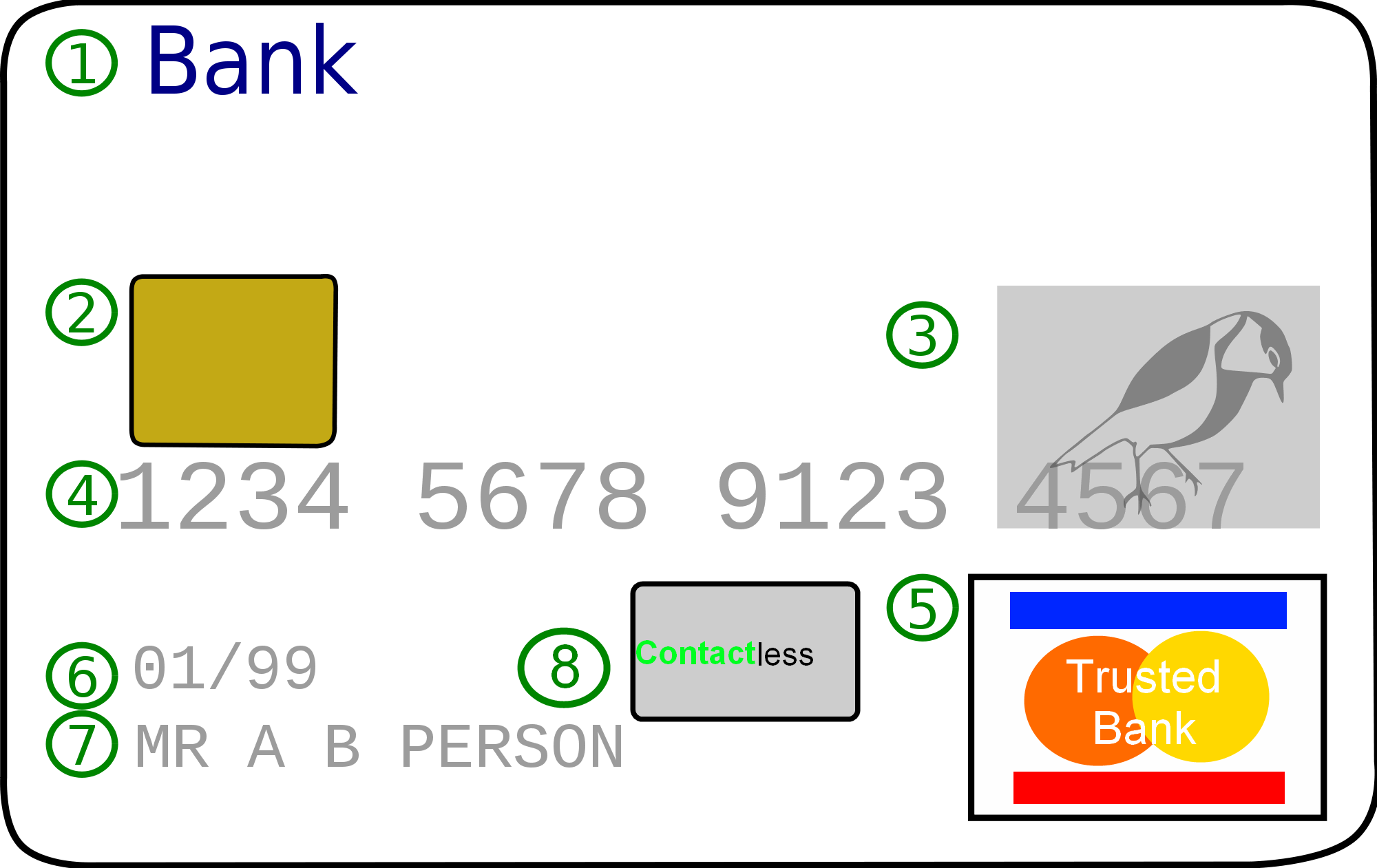Personal Finance 101
- Budgeting and Saving
- Consumer Credit and Financial Goals
- Investments and Retirement
- Scams & Fraud and Pay & Benefits
- Taxes, Housing and Car buying/leasing
Consumer Credit and Financial Goals
Understanding the Basics of Consumer Credit

Payment card issued to users as a system of payment.
Consumer credit is a crucial aspect of personal finance. It allows consumers to borrow money to purchase goods and services. This article will delve into the basics of consumer credit, including its definition, types, understanding credit scores and reports, and how credit cards work.
Definition and Types of Consumer Credit
Consumer credit refers to the use of credit for personal needs by individuals. It is essentially a way of borrowing money for non-business purposes. There are two main types of consumer credit:
-
Revolving Credit: This is a type of credit that does not have a fixed number of payments. The most common example is a credit card. With revolving credit, you are given a maximum credit limit, and you can make charges up to that limit. Each month, you can either pay off your balance in full or carry it over (revolve it) to the next month.
-
Installment Credit: This is a loan that you repay with equal monthly payments (installments) over a predetermined period. Examples include car loans and home mortgages. Each payment reduces your loan balance and covers your interest costs.
Understanding Credit Scores and Reports
A credit score is a numerical expression based on a level analysis of a person's credit files, representing the creditworthiness of that person. The most common type of credit score is the FICO score, which ranges from 300 to 850. The higher the score, the more financially trustworthy a person is considered to be.
A credit report is a detailed report of an individual's credit history. Credit bureaus collect information and create credit reports based on that information, and lenders use these reports along with your credit score to decide whether to loan you money and what interest rates to charge.
How Credit Cards Work
Credit cards are the most common form of revolving credit. They allow you to borrow money up to a certain limit in order to purchase goods or services. Credit card companies charge interest on the money you borrow if you don't pay off your full balance each month.
Understanding how credit cards work is crucial to maintaining good financial health. Key aspects include:
- Interest Rates: This is the cost of borrowing money and is expressed as a percentage of the amount you owe. The higher the rate, the more you'll pay to borrow money.
- Minimum Payments: This is the lowest amount of money that you are required to pay on your credit card balance each month.
- Credit Limits: This is the maximum amount of credit that a financial institution extends to a client.
In conclusion, understanding consumer credit is crucial for managing personal finances effectively. It affects your ability to obtain loans, the interest rates you pay, and your overall financial stability. By understanding the basics of consumer credit, you can make informed decisions that will benefit your financial health in the long run.